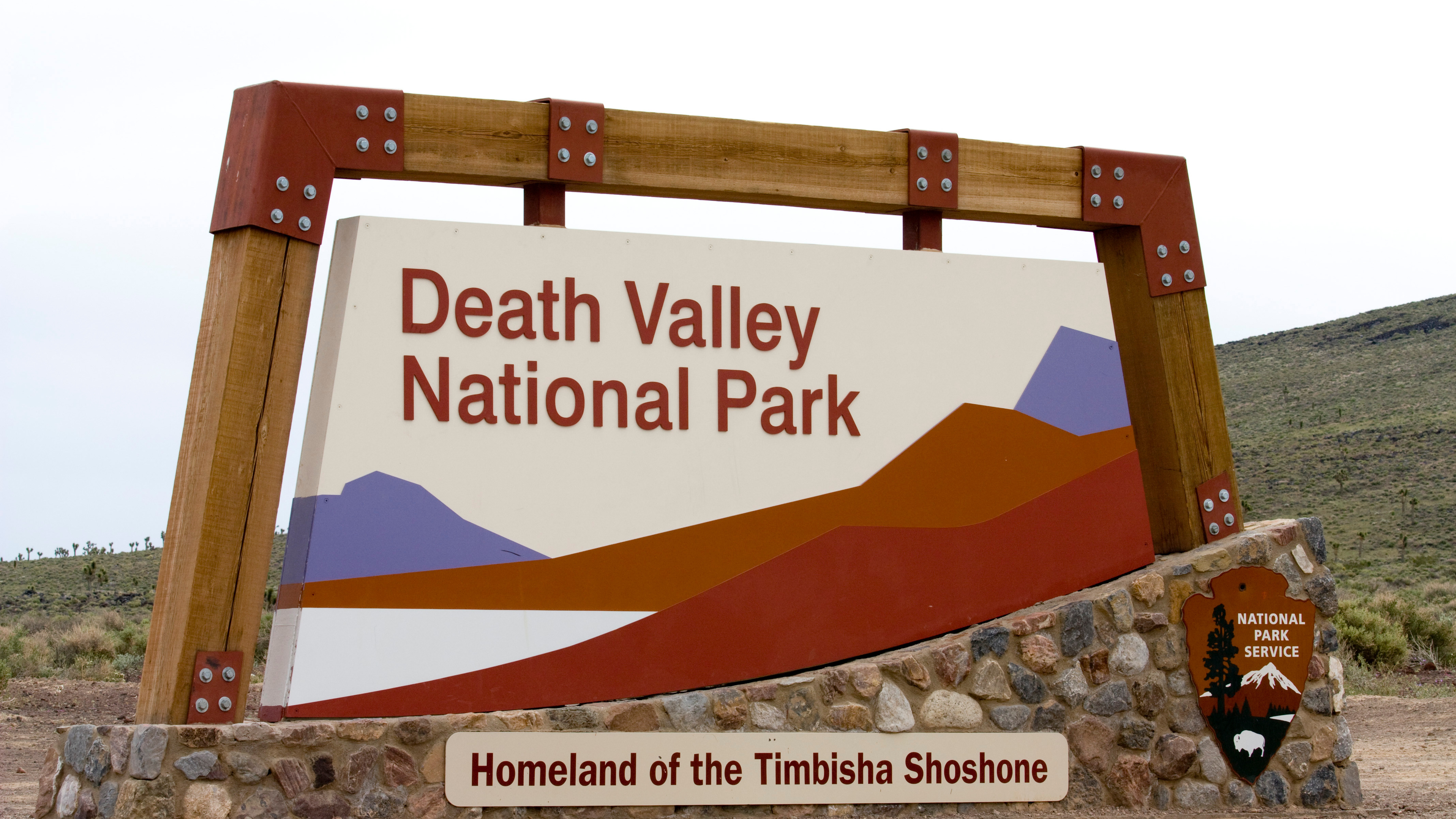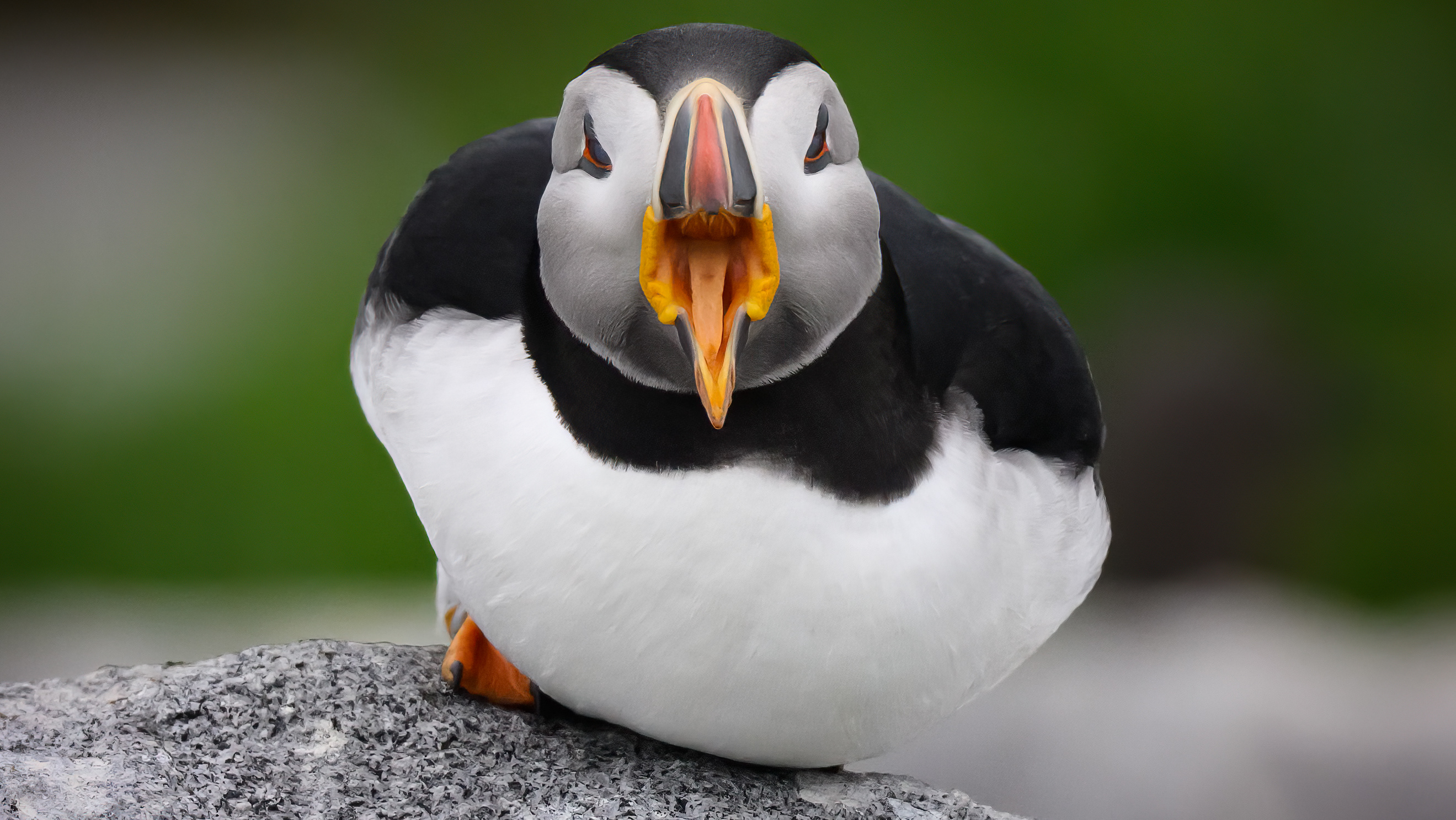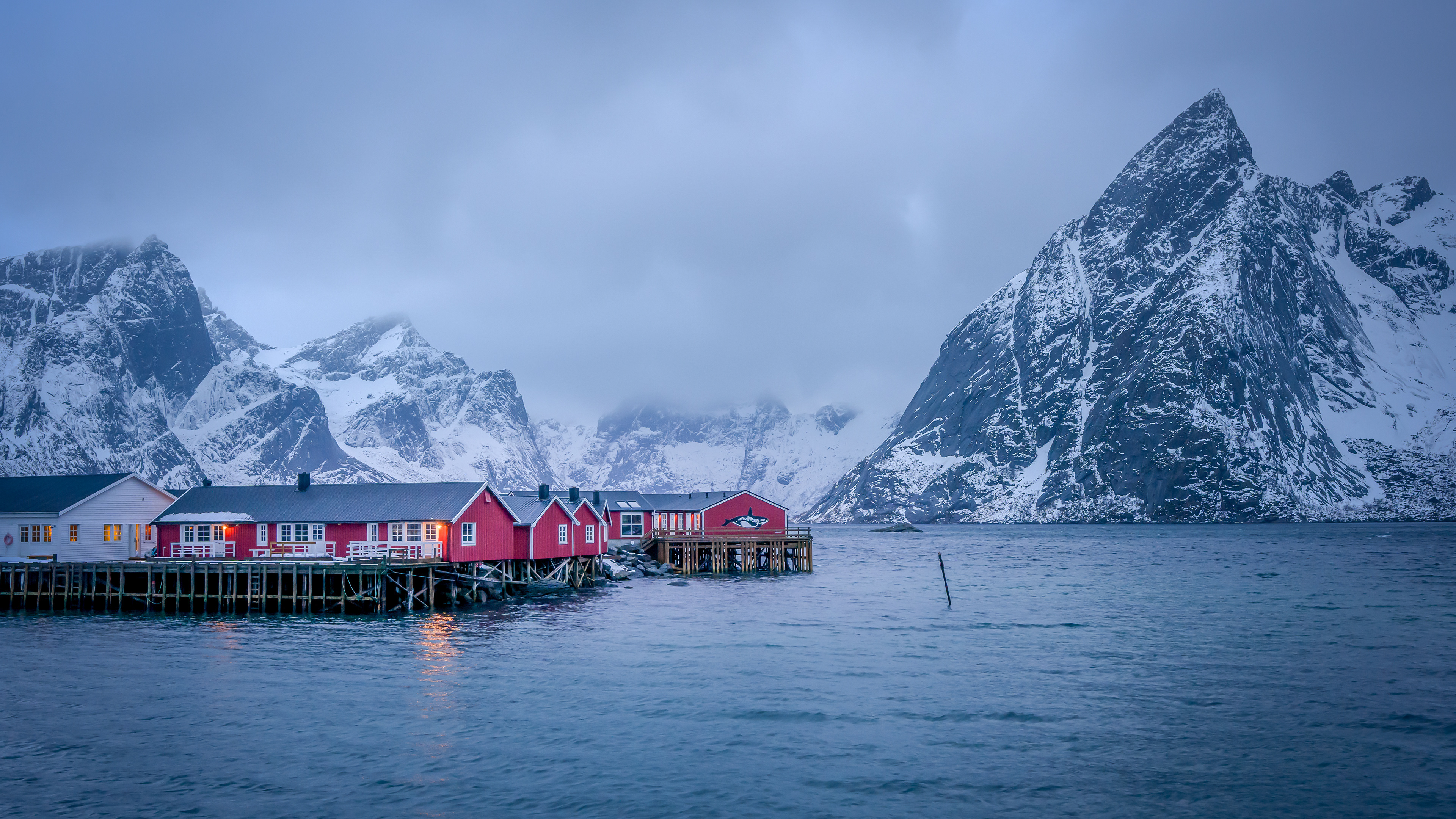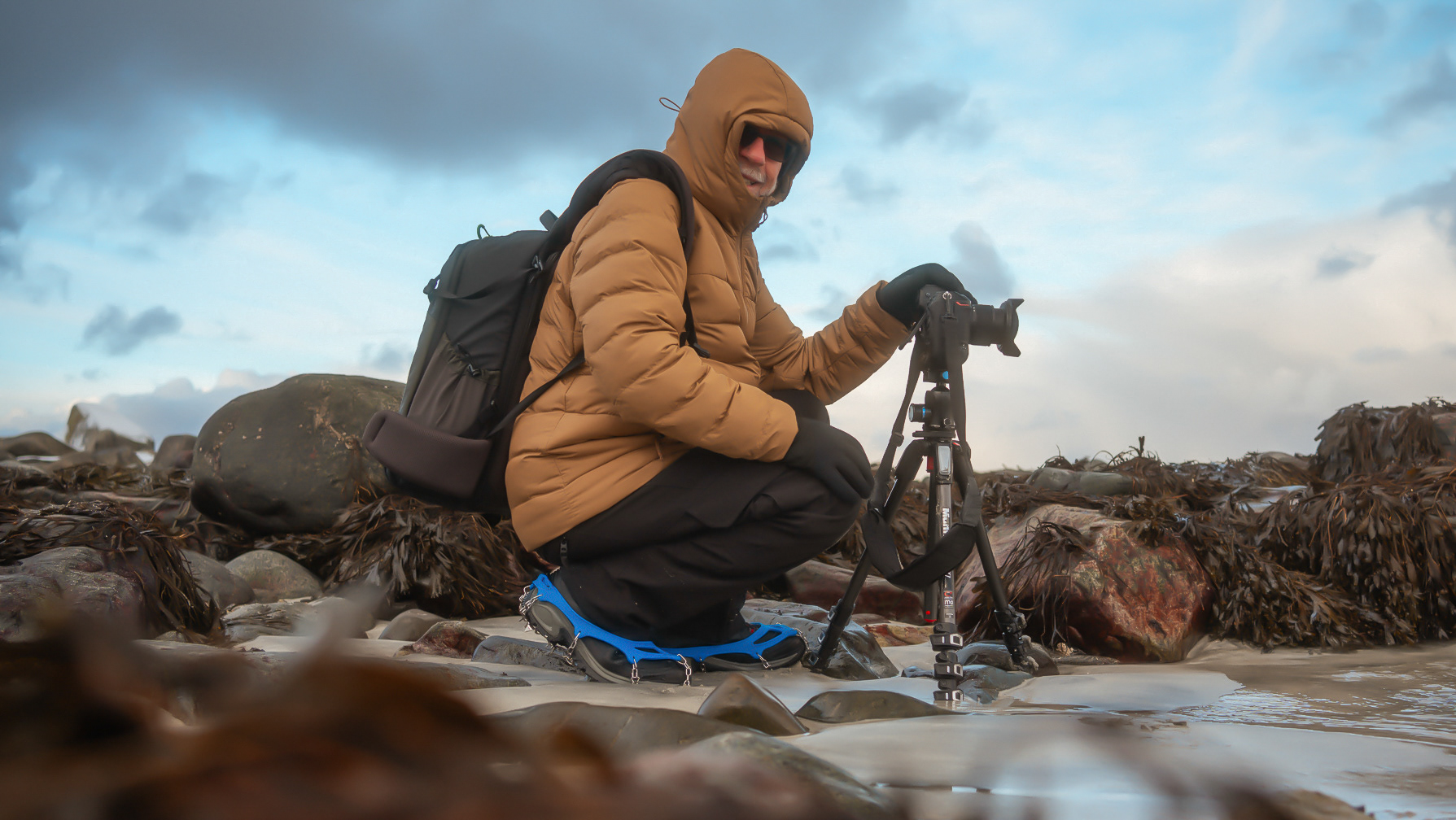Outside the Pike's Landing Lodge is a giant neon sign telling visitors they can enjoy the Northern Lights or go snowmobiling on the frozen Chena River. I did neither here this evening. Instead, I headed to the restaurant for dinner and a cold beer.
The Pike's Landing Lodge is comfortable and a good base for traveling in the north country. It has a hearty breakfast and clean rooms. It's close to the airport and downtown Fairbanks.
The race began at 8:00 AM, but participants started getting ready by 7:00 AM. It was a balmy -9 degrees Fahrenheit at the time.
Racers gear up.
A pair of Alaskan Huskies watch the commotion of dogs and people in the parking area reserved for racers.
The race course loops around the Tanana River and Rosie Creek forest, and participants can choose between 25 and 45 miles. The 45-mile race has an 11-hour time limit and is not intended to be an overnighter. Snowbulance and snowmobiles are on site to provide rescue support if needed.
The starting line. The TRC is a reimagining of the Equinox Ultra-Ski 100k Challenge, which Audun and Sally Endestad of Fairbanks ran for many years.
Canine skijoring.
Fat wheel bikes, skijorers, and runners take off through the snow and ice.
And they're off! The 2024 Tanana River Challenge saw 103 racers cross the finish line. The race took place in fair weather, with a temperature of -9°F in the morning and rising to 10°F by the afternoon. The winds increased around 4 PM, which led to a drop in the wind chill temperature.
Tourists rarely visit the Arctic in winter when temperatures can drop to -50°F, missing the chance to see and understand how many Alaskans live there. For some residents, a grocery store may be an eight-hour drive away; for others, there may be no road access. For many, this is their only source of income. In these circumstances, individuals must depend on their resources to survive the winter.
Buyers inspect the furs and determine their bids.
A toddler in traditional dress pulls a red sled with his family's pelt. Sleds are common in Alaska during winter. They come in different sizes and are used to pull groceries, water, game, etc.
Dog Mushers Association logo.
The Alaska Trappers Association provided security and helped with parking directions for the race.
Three men in discussion during the Open North American Championships.
Reme Coste's wife walks their racing dogs around the parking lot to limber them up for the upcoming race. Reme Coste finished in first place at the 2024 Open North American Championship race.
Spectators watch as Ken Chezik from Fife Lake, Michigan, starts his race.
Michael Tetzner and team from Hamburg, Germany.
Reme Coste, from Langsele, Sweden, finished first in the 2024 Open North American Championships.
Andria "Riley" Bond, of the Number 10 team from Salcha, Alaska, comes over a snow bank as her team races down the trail.
Marvin Kokrine from North Pole, Alaska, and his dog team head toward the forest trail, offering a view of the dog team from the rear.
A little boy on a traditional wooden dog sled is pulled around in the musher parking area.
A newer dog sled with a lot more controls was used in the race.
Crowds begin to break up as the race ends, and of course, the news reporters are busy interviewing spectators.






